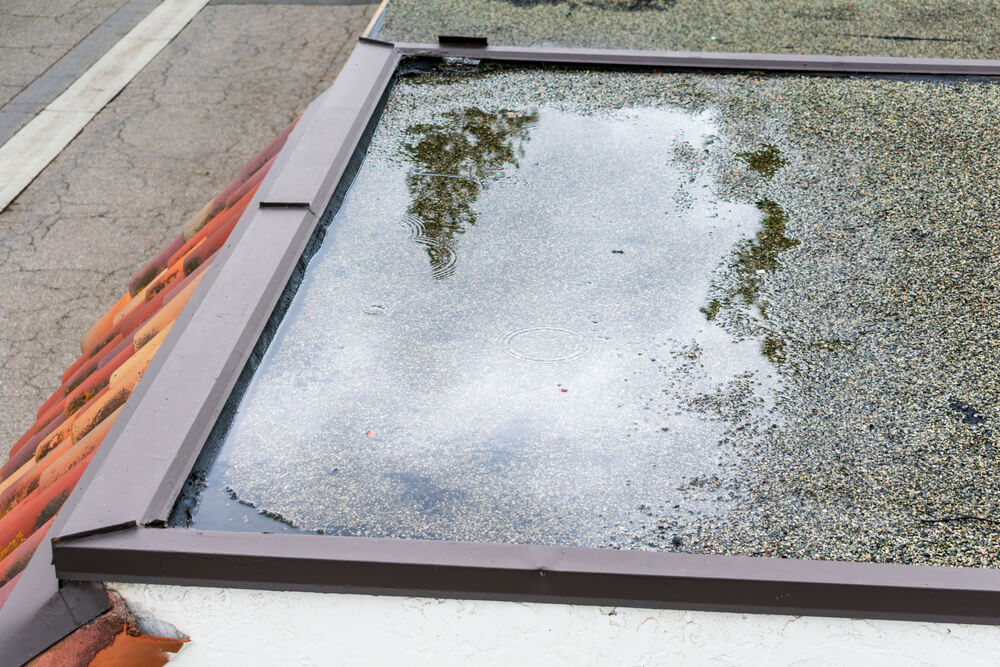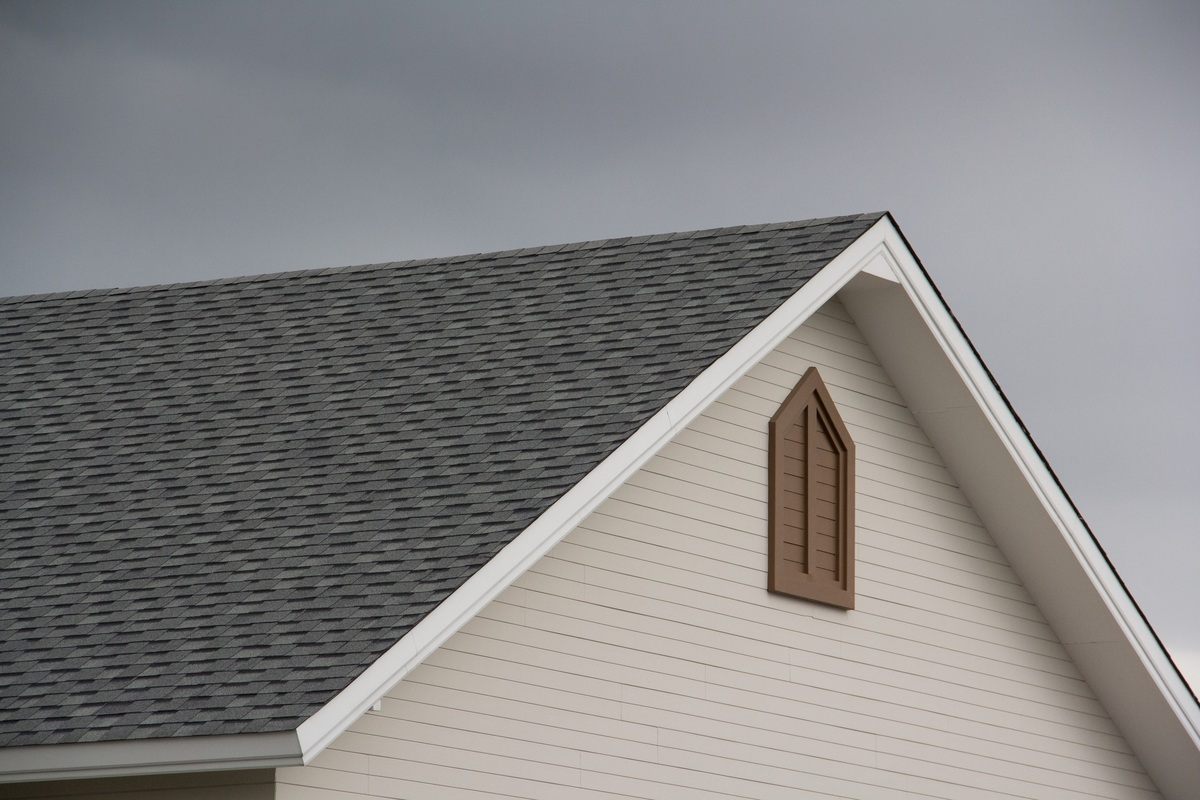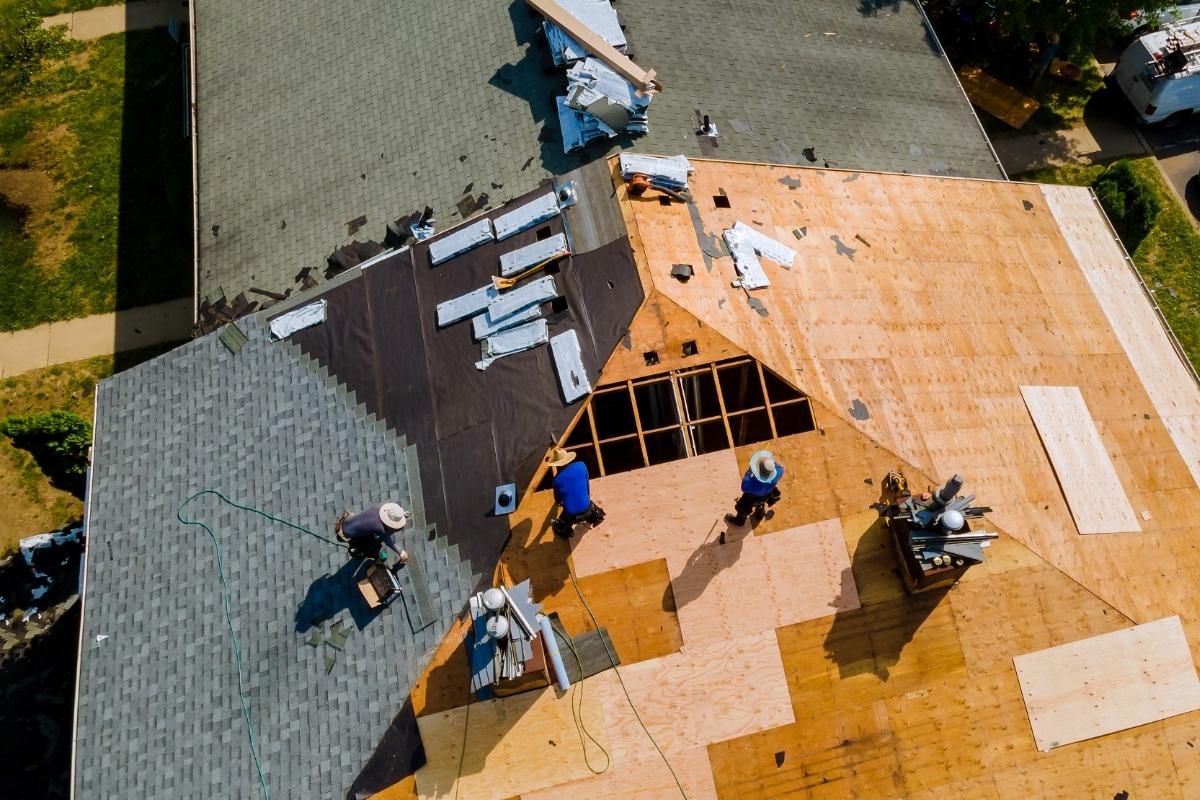Flat roofs, contrary to their name, aren’t completely flat. They have a slight slope to ensure proper drainage. Without this slope, water can pool, leading to leaks and damage. If you’re looking to enhance the longevity of your roof and avoid costly repairs, understanding how to slope a flat roof for drainage is essential. This guide will walk you through the process, providing practical steps and expert advice to help you achieve optimal results.
Understanding the Importance of Roof Slope
Why Proper Drainage Matters
Effective drainage is crucial for any flat roof. Water accumulation can lead to various issues, including structural damage, mold growth, and leaks. By ensuring a proper slope, you direct water towards drains, gutters, or scuppers, preventing these potential problems. This not only extends the life of your roof but also protects the interior of your building.
The Basics of Roof Pitch
The pitch of a roof refers to its angle or slope. While pitched roofs have a noticeable incline, flat roofs are designed with a minimal slope, usually around 1/4 inch per foot. This slight angle is sufficient to guide water away from the roof’s surface. Understanding this concept is the first step in learning how to slope a flat roof for drainage.
Methods to Slope a Flat Roof
Tapered Insulation System
One common method to create a slope on a flat roof is using a tapered insulation system. This involves installing insulation boards of varying thicknesses to form a gentle slope. This method is effective and can be used in both new constructions and roof retrofits. It provides thermal insulation while ensuring proper drainage.
Step-by-Step Installation
- Assessment: Evaluate the existing roof structure and identify drainage points.
- Design: Plan the layout of the tapered insulation boards, ensuring a gradual slope.
- Installation: Lay the boards starting from the thickest part, working towards the thinner sections. Secure them in place.
- Membrane Application: Apply a waterproof membrane over the insulation to protect against moisture.
Adding a Crickets and Saddles
Crickets and saddles are small structures built on the roof to divert water towards drains. These can be constructed using wood, metal, or insulation materials. They are particularly useful in directing water away from obstacles like chimneys or skylights.
Constructing Crickets and Saddles
- Identify Water Flow: Determine the natural water flow on the roof and pinpoint areas prone to pooling.
- Design and Placement: Plan the size and location of the crickets and saddles.
- Construction: Build the structures using chosen materials, ensuring they create a sufficient slope.
- Waterproofing: Cover with a waterproof membrane to prevent leaks.
Maintenance Tips for Flat Roof Drainage
Regular Inspections
Routine roof inspections are vital in maintaining effective drainage on a flat roof. Check for signs of water pooling, damage to the membrane, or blockages in drains. Addressing issues promptly can prevent significant damage and extend the life of your roof.
Cleaning and Clearing Debris
Debris like leaves, dirt, and branches can obstruct drainage paths, leading to water accumulation. Regularly clean your roof and ensure drains and gutters are clear. This simple maintenance task can make a big difference in how well your roof handles water.
Repairing Damage Promptly
Small issues like cracks or holes in the membrane can quickly escalate if not addressed. Repair any damage promptly to maintain the integrity of your roof and ensure effective drainage.
When to Call an Expert
While some maintenance tasks can be handled by building owners, there are times when professional help is necessary. If you’re unsure about how to slope a flat roof for drainage or if your roof has sustained significant damage, it’s wise to consult a roofing expert. They can provide a thorough assessment and implement solutions that ensure long-term protection and performance.
Conclusion
Understanding how to slope a flat roof for drainage is crucial in preventing water-related damage and extending the lifespan of your roof. By employing methods like tapered insulation and crickets and saddles, you can create an effective drainage system. Regular maintenance and timely repairs further enhance your roof’s durability. When in doubt, seek professional advice to ensure your flat roof remains in top condition for years to come. Contact DryTech Exteriors today for expert assistance with your roofing needs.






